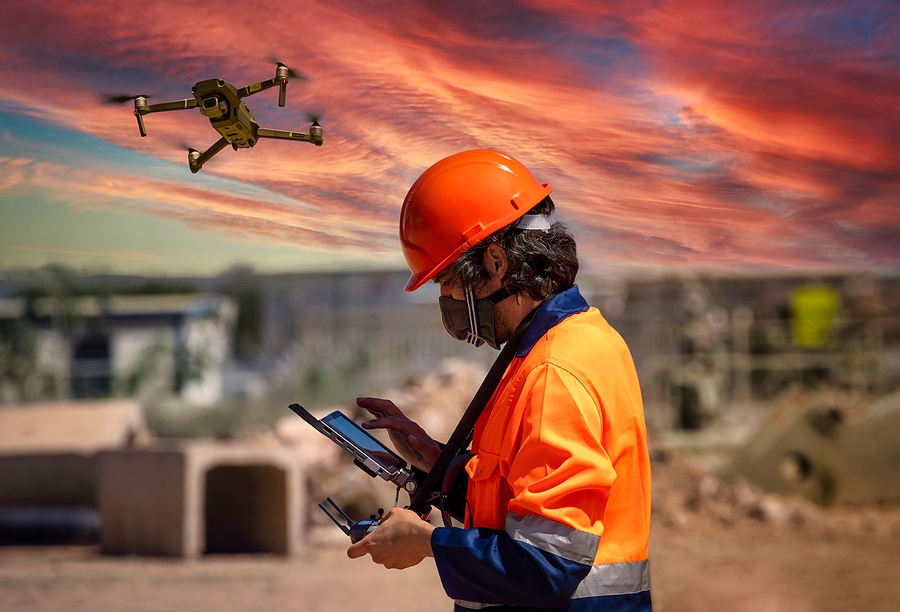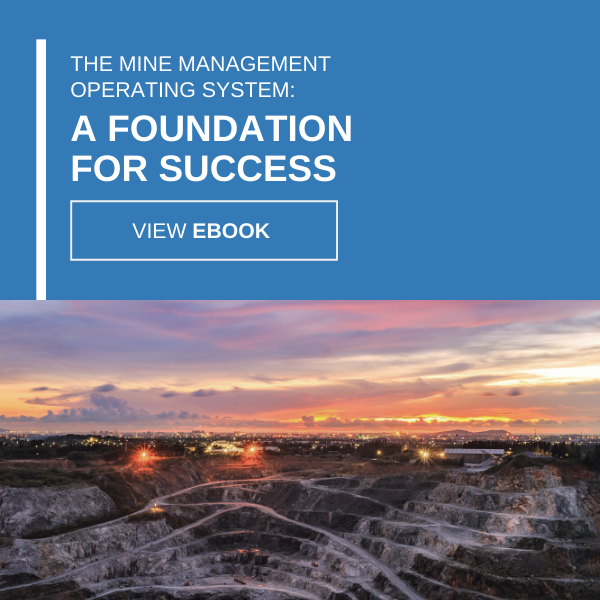
7 Technological Innovations Transforming the Mining Industry
Mining companies know all too well how expensive and dangerous the industry can be, and the demand for safer and more efficient training and procedures is increasing year on year.
The good news is that technology is keeping up with this demand and mining companies are starting to welcome and integrate innovative tech into their procedures.
From virtual reality training sessions to 3D mapping and printing, mining technology is helping streamline complex processes and tasks while reducing safety risks and costs.
In this article, we’re going to look at 7 mining technology innovations that are driving the mining industry forward and the benefits they bring.
1. Mining Drones
Drones have been around for the best part of a decade now and have become popular pieces of mining technology to access hard-to-reach areas and sites.
Drones are transforming the way operators map and survey mining sites. Surveying and mapping sites on foot are often expensive and time-consuming, but drones can relay geophysical imagery and data to surveyors quickly and efficiently without putting anyone’s safety at risk.
Another obvious benefit of drones is the time saved surveying sites and carrying out inspections. Operators are able to use drones to conduct visual inspections of sites and equipment as well as provide surveying and mapping data.
Companies like Exyn Technologies use drones to map out a 3-dimensional landscape of underground mines without compromising employee safety. These drones deliver hyper-accurate, survey-grade 3D maps in real-time. Plus, they’re able to navigate mines with little to no light with ease.
To learn more about Exyn technology and how it compares to more traditional methods, check out our study of Mining’s Top Innovations.
2. Virtual Reality
One of the best implementations of VR in the mining industry is how it’s being used to train employees. Mining companies can now use VR to provide immersive and realistic training simulations to allow employees to practice and navigate complex tasks in a safe and controlled environment.
VR also allows miners to virtually explore mining sites without needing to physically be there. Again, this negates the safety issues concerning visiting dangerous mining sites, but also saves money on travel expenses and transporting cumbersome equipment around the world.
Employees can practice using hyper-realistic machinery through VR, allowing them to experience operating heavy and often complex machinery off-site. This means trainees can learn and make mistakes on the job without severe consequences.
3. 3D Printing
3D printing looks to have a bright future in the mining industry. The ability to print and replicate complex and often expensive mining equipment can save companies a small fortune.
For example, if a piece of equipment becomes damaged during use, companies can use 3D printing to replace this equipment quickly and with incredible accuracy. Sourcing mining equipment is often costly and can take time to deliver specific equipment to mining sites. With 3D printing, both of these issues are negated.
While 3D printing is seeing a steady introduction to the mining industry, the potential it brings could be game-changing. Being able to instantly find, print and install specific tools or parts onsite to damaged machinery can reduce lead times and negate the need to transport expensive equipment to remote sites.
Plus, you don’t need a warehouse to store these parts – as every part can be stored digitally!
4. 3D Mapping
3D mapping is a form of mining technology that provides extremely accurate and detailed digital representations of mining sites.
For example, 3D mapping tools can highlight and pinpoint important areas for excavation, without wasting time and valuable resources. Additionally, it isn’t limited to just mining sites – 3D mapping can also be used to map quarries, waste deposits and transportation routes.
According to the statistics, the global 3D market is expected to grow from $3.8 billion in 2020 to $7.6 billion by 2025.
5. Artificial Intelligence
It would be an understatement to say that AI dominated the technology headlines of 2023. The introduction of ChatGPT, Midjourney and BingChat had (and continues to have) a massive impact on operational processes in almost every industry.
In the mining industry, AI is leveraging smart data and machine learning. Not only does this mean safer training and better mining processes, but it cuts the time to perform these tasks in half. This enables onsite engineers to make decisions faster and with more accuracy.
For example, AI is helping mining companies locate and extract valuable minerals with precision. Additionally, through advanced algorithms and data analysis, AI systems can identify optimal mining sites, predict potential resource deposits, and even guide exploration efforts with exceptional efficiency.
We’re already seeing how AI mining technology is aiding autonomous equipment like self-driving vehicles for tunneling excursions and optimizing drilling systems, and we’ll likely see more processes utilizing AI going into the future.
6. Automation
Automation is becoming increasingly popular in the mining world. Truckless conveyor-belt ore transport systems, subterranean electric vehicles and drones are some of the core automation shifts we’re seeing.
One of the biggest benefits of automation is that it allows mining companies to work around the clock without having to be physically present. By automating processes like ore delivery and transport, site monitoring and drilling and ventilation systems, miners do not have to jeopardize their health and safety by venturing into mines and handling hazardous materials and minerals.
Instead, miners can be trained on how to operate heavy machinery remotely from a control center above ground, providing a safer and more comfortable working environment.
Yes, time and resources will need to be invested in training miners on how to use this mining technology. However, the benefits far outweigh the cons. Miners face fewer health and safety risks, speed and efficiency will likely increase and in the long term the industry will experience significant cost savings.
7. Digital Twinning
Digital twinning allows mining companies to create a digital replica of their entire mining ecosystem. This includes mining equipment, geological formations and other relevant objects or assets.
By integrating data from sensors, IoT devices, and other sources, digital twinning provides a dynamic and detailed simulation that mirrors the physical reality of the mining site.
The main aim of digital twinning in the mining industry is to improve decision-making and operational efficiency. Digital twinning also allows miners to simulate various conditions and assess the impact of different variables on operations. This approach means fewer safety risks for employees.
Digital twinning is changing how mining companies do things. It lets them make a digital copy of their entire mining setup, including their equipment, geology, and processes, in an instance.
In essence, digital twinning is making mining operations more efficient, sustainable, and competitive.
Conclusion
The mining industry has been calling out for more innovative and efficient ways to streamline their processes and improve the safety conditions of their employees.
The mining technology at their disposal today is revolutionizing traditional mining processes and more companies will inevitably invest in this new technology.
Improved productivity, enhanced safety and substantial cost savings are just a few of the benefits technology brings to the mining industry. In the next few years, mining companies will need to adopt this technology into their processes to stay competitive and meet the growing demands for sustainability and efficiency.
Embracing these technological advancements is not just a choice; it’s a necessity for the mining industry to thrive in the evolving landscape.
*This article is written by Sophie Bishop. Sophie is an experienced freelance writer with a passion for sharing insights and her experience within the health and safety sector. Sophie aims to spread awareness through her writing around issues to do with healthcare, wellbeing and sustainability within the industry and is looking to connect with an engaged audience. Contact Sophie via her website: https://sophiebishop.uk/.





